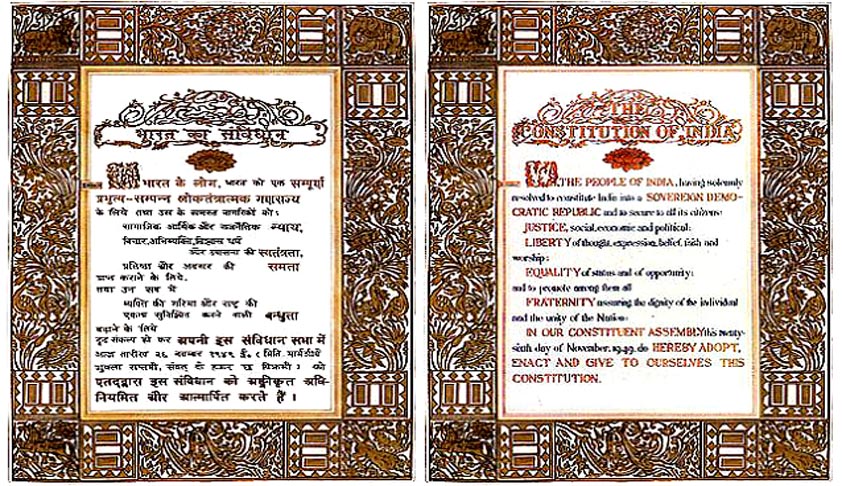Kesavanda Bharthi Judgment safeguards the idea of India.
Dr Suchithra Menon C
24 April 2014 7:32 PM IST

It was on this day; forty year ago Supreme Court decided the landmark judgement for ever, Kesavananda Bharati v. State of Kerala. The most significant contribution by Kesavananda Bharati judgment is the recognition of supremacy of the Constitution of India and its unalterable features.
As Senior Lawyer Arvind P Datar notes : “The case of Kesavananda Bharati v State of Kerala had been heard for 68 days, the arguments commencing on October 31, 1972, and ending on March 23, 1973. The hard work and scholarship that had gone into the preparation of this case was breath taking. Literally hundreds of cases had been cited and the then Attorney-General had made a comparative chart analysing the provisions of the Constitutions of 71 different countries!”
By all means, it can be regarded as a second sitting of ‘ Constituent Assembly’ The fundamental question dealt in Kesavananda Bharati v State of Kerala is whether the power to amend the constitution is an unlimited, or there is identifiable parameters regarding power to amend the constitution. Specifically the Supreme Court was also asked to decide whether this power to amend the constitution is also unlimited qua the fundamental rights.
The outcome of the Kesavananda Bharati could be considered to be most remarkable, by the way in which the Supreme Court of India has helped to further the dynamics of democracy in India. Supreme Court held “Parliament could amend any part of the Constitution so long as it did not alter or amend the basic structure or essential features of the Constitution.”
Thus, it brought in, the sublime concept of inherent and implied limitation on the amending power of Parliament. This ‘basic structure doctrine’, as it evolved and matured along with the march of law saves the Indian democracy today.. Kesavananda Bharati ‘s contribution is not confined to constitutional history alone, it can be termed as a landmark in the hitherto entire history of India.The case was brought to Supreme Court by Swami Kesavananda Bharati, who was affected by the Kerala Land Reforms Act 1963. The Act had an impact upon the property of his religious institution which led to the challenge to the legislation itself .
Certain Important features of the judgment are ;
- 13 Judges of the Supreme Court sat ‘en banc’ for deciding the case.
- The case was decided on a wafer thin majority,i.e. 7 : 6 majority
- One of the lengthiest judgment which runs to roughly 800 Pages and about 4,20,000 words
- There was no unanimous opinion as to what constitutes Basic Structure. But it could be concluded from the observations of Judges that the components of basic structure would include: Preamble, Fundamental Rights, Directive Principle of State Policy was unanimously held as Basic Structure.
Thus, eminent scholar Upendra Baxi has observed, Kesavananda Bharathi judgment is the Indian Constitution of the future.



